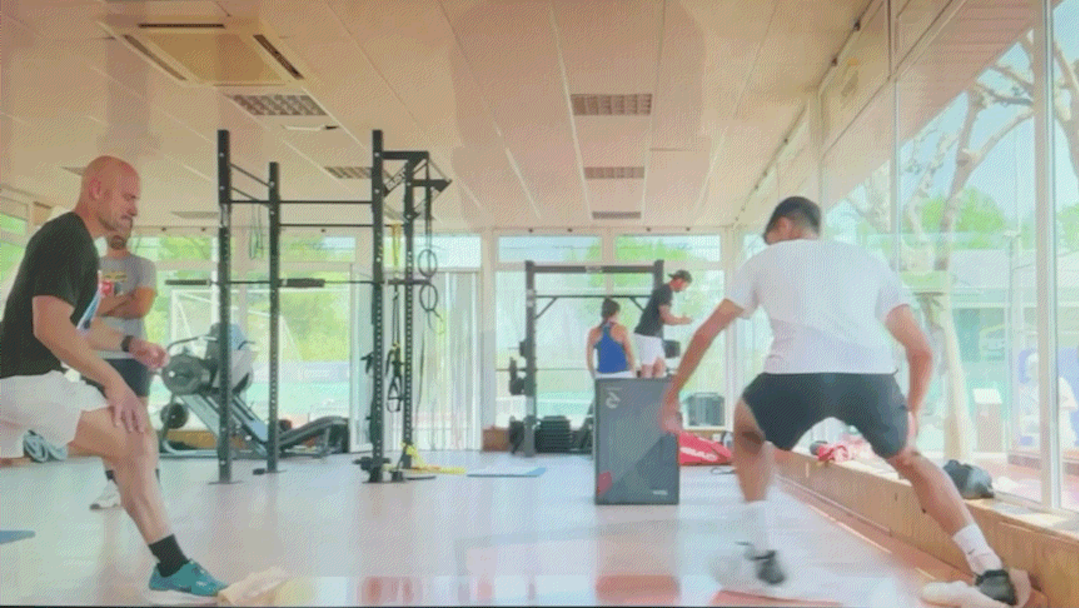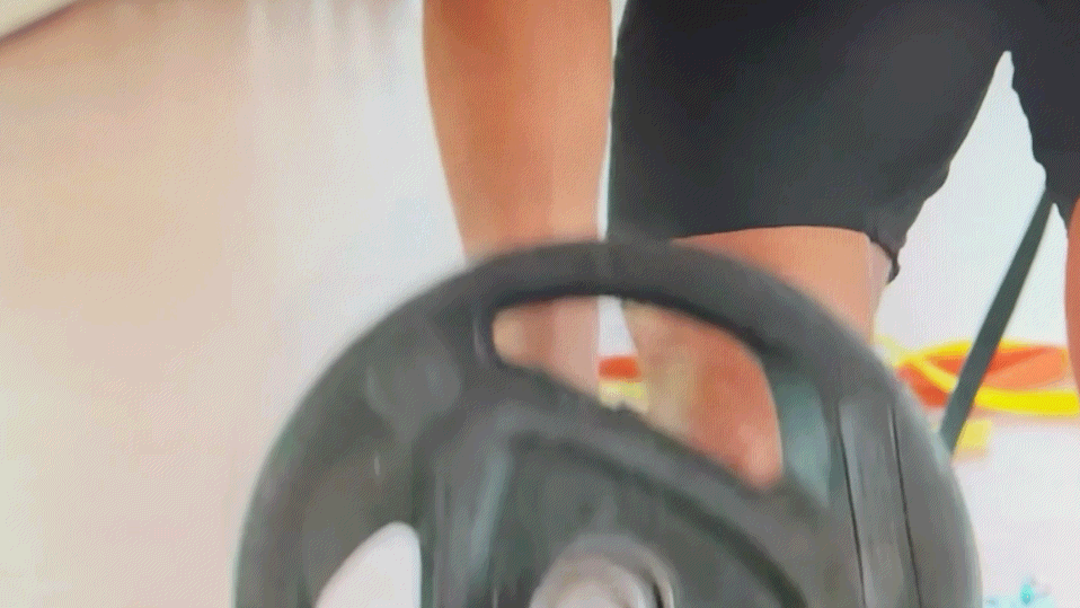The Netflix docuseries “Carlos Alcaraz: My Way” gives viewers a behind-the-scenes look at the training techniques that fuel one of tennis’s most explosive athletes. Amid the glimpses of match prep and recovery routines, the series also reveals specific exercises that help power his dynamic game. Tennis players at all levels can benefit from using similar training techniques. Today, we are breaking down a classic strength move Alcaraz is seen performing on the show. Lateral Dumbbell Raises are a deceptively simple exercise with big implications for shoulder stability and overall athletic performance.
The clip only lasts a couple of seconds, but it is enough to provide a clear picture of the training technique.

Lateral Dumbbell Raises are a foundational shoulder-strengthening exercise that targets the deltoid muscles. It is performed standing upright with a dumbbell in each hand and the palms facing inward at the side of the body. With a slight bend in the elbows, the arms are raised to the sides until reaching shoulder height. At the top of the motion, it forms a “T” shape with the body. The dumbbells are then returned to the starting position using good control. The key is to lift with the shoulders, not by swinging the weights or using momentum.
This exercise is especially beneficial for tennis players because it develops shoulder strength and stability, which is essential for both injury prevention and optimal performance. The lateral deltoids play a key role in stabilizing the shoulder joint during tennis strokes that place repeated stress on the upper body. Strengthening this muscle group enhances control and power while reducing the risk of overuse injuries like rotator cuff strain. Additionally, well-developed deltoids support better posture and arm positioning, translating into more efficient stroke mechanics and quicker recovery between shots. For players who want to build a more resilient and explosive upper body, this simple exercise delivers significant value.
There are two common variations of the Lateral Dumbbell Raise. The “upright” version is performed while standing tall, which primarily emphasizes shoulder motion in a more vertical plane. That develops overhead and serving power. In contrast, the “bent-over” variation is performed by folding forward from the waist to almost a 90-degree bowing position. That shifts the focus toward the rear deltoids and upper back muscles that support posture and help stabilize the shoulder during rotational groundstrokes. Interestingly, Alcaraz’s form in the clip falls halfway between those two positions. He performs the raise with a slight forward lean, engaging both the lateral and posterior deltoids. This hybrid positioning may better mimic the dynamic, multi-angle shoulder demands of tennis.
Sometimes what happens off the court is just as important as what happens on it. Strength training isn’t just for the pros like Carlos Alcaraz. It’s a crucial part of becoming a more durable, explosive, and well-rounded tennis player at any level. Lateral Dumbbell Raises may seem simple, but they address a key area of the body that takes a constant beating in tennis. Taking a page from Alcaraz’s playbook and incorporating exercises like this into your regular routine can pay big dividends in performance and injury prevention. If you’re serious about improving your game, it’s time to step up your off-court strength training.
Fiend At Court participates in the Amazon Associates program and receives a paid commission on any purchases made via the links in this article. Details on the disposition of proceeds are available on the “About Fiend at Court” page.



